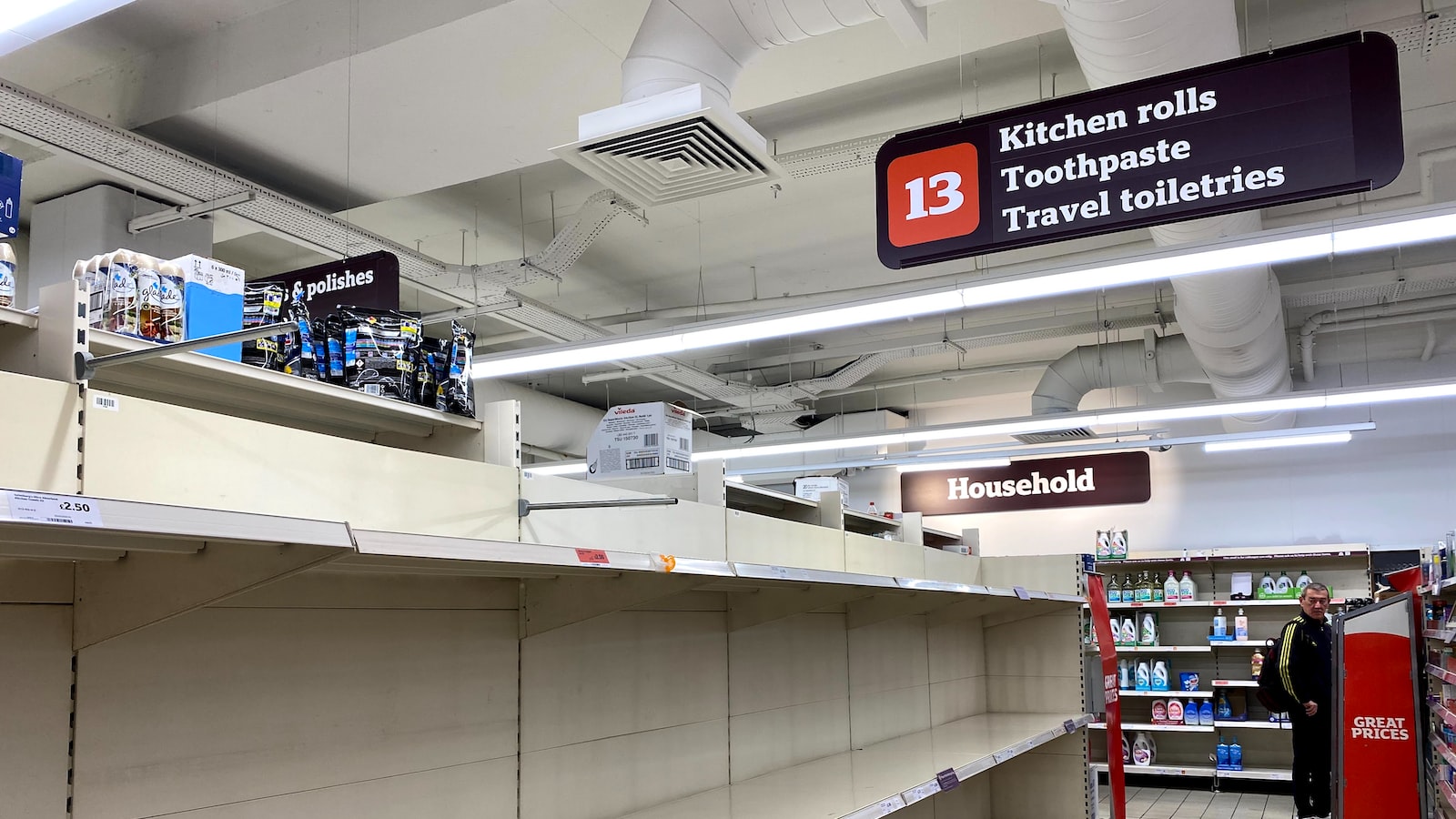The mandatory isolation period for positive COVID-19 cases has been reduced from seven to five days – and the Pandemic Leave Disaster Payment will reduce too.
The change follows the latest national cabinet meeting between Prime Minister Anthony Albanese and state and territory leaders, with the reduction in the isolation period taking effect from September 9.
That same day, the paid pandemic leave eligibility period will also change to reflect the shorter isolation period – decreasing from $750 to about $540.
Watch the latest News on Channel 7 or stream for free on 7plus >>
The three-month extension of the paid pandemic leave is set to expire at the end of September. Abanese remained tight-lipped as to whether it would expire, or be extended again.
The measure was initially set to end on June 30 but was extended for a further three months amid backlash about communities struggling during Australia’s Omicron wave.
‘We need to ensure people are looked after who need being looked after,’ Prime Minister Anthony Albanese said. File image. Credit: AAP Image/Dan HimbrechtsAlbanese said national cabinet would meet again in a fortnight to decide whether to extend the payment beyond September 30.
“We’ll work those issues through as a general view that we need to ensure people are looked after who need being looked after … that’s why we’re meeting in a fortnight,” he said.
Treasurer Jim Chalmers said Australians should not expect emergency pandemic payments to go on forever.
“The reality … is that kind of support can’t continue forever (and) it’s also contingent on some of the other ways that we’re responding to this health and economic challenge,” he said on Wednesday.
Pandemic Leave Disaster PaymentThe Pandemic Leave Disaster Payment is a lump sum payment for those who can’t work or earn an income due to COVID-19.
Who can get it?
Anyone who must self-isolate or quarantine due to COVID-19, as required by your state or territory government, or is caring for someone who has to do so.
That is on the condition that, during your isolation or caring period, you have not received:
any income, earnings or salary from paid workany income support payments, ABSTUDY Living Allowance, Parental Leave Pay or Dad and Partner PayWhat are the requirements?
You must also meet all of the following requirements:
you’re at least 17 years old and live in Australiayou’re an Australian resident or hold a visa that gives you the right to work in Australiayou’re living in Australia during your self-isolation, quarantine or caring periodyou’re living in Australia at the time of your claimyou’re unable to work and lost at least 8 hours or a full day’s work in a period of self-isolation, quarantine or caringyou have no sick leave entitlements, including pandemic sick leave, personal leave or leave to care for another personyou have liquid assets of less than $10,000 on the first day of the period you’re claiming for.How much is it?
How much you get depends on the hours of work you lost.
Albanese said the Services Australia website would be updated with the correct amount later this week.
Previously, for each 7-day period of self-isolation, quarantine or caring, an individual was paid $750 if 20 hours or more of work was lost. That will reduce to $540.
How to claim?
You must submit your claim within 14 days of the start of each period of self-isolation, quarantine or caring.
If you have a myGov account linked to Centrelink, sign in and claim by doing the following:
Sign in to myGov and select Apply for support from the Government support for coronavirus alert.Under Affected by coronavirus (COVID-19), select Get started.Select Apply for Pandemic Leave Disaster Payment.Answer the eligibility and claim questions.Submit your claim.For more information, visit Services Australia.

